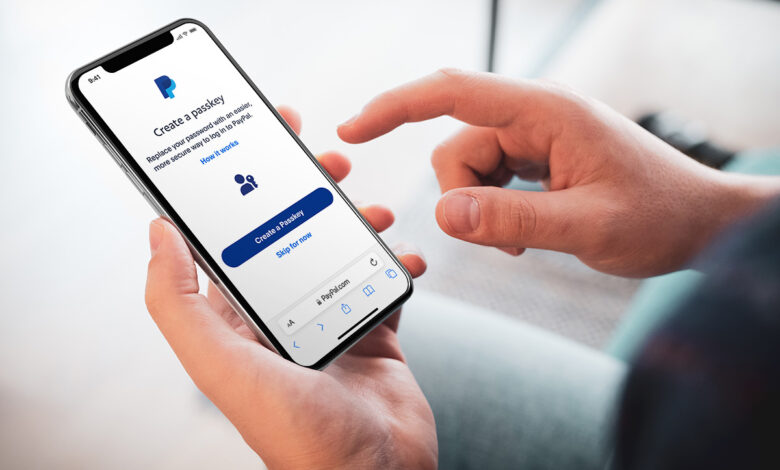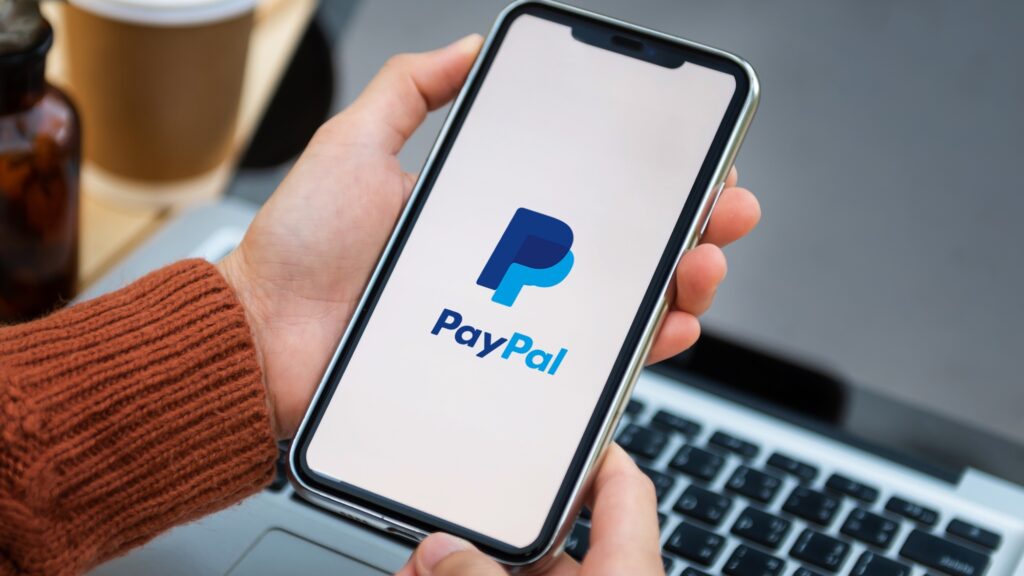
IN this Article We”ll dicuss that, How to Protect Your 35,000 PayPal Accounts from Credentials Stuffing In 2022? One of the most popular online payment systems, PayPal, announced on December 20, 2022 that 35,000 users’ accounts had been compromised as a result of a security lapse. Between December 6 and December 8, 2022, an unauthorised person may have seen and possibly accessed some of the personal data of PayPal customers. PayPal took quick action to protect impacted customers as soon as it became aware of the compromise and contacted law enforcement.
The Maine Attorney General claims that credential stuffing was to blame for the data leak. When attackers attempt to access numerous accounts using a list of stolen login credentials, this is known as credential stuffing. Because so many people use the same password to get into different internet accounts, this assault frequently succeeds. Hence, to ensure optimum security and to be updated frequently, strong, unique passwords should be generated for each online account.
The compromised accounts had their passwords reset by PayPal as a result. Also, PayPal is providing customers impacted with a complimentary two-year identity monitoring service through Equifax. With the help of Equifax services, people can keep an eye on their credit reports and look out for any unusual activity, including fraudulent credit applications or bank account openings.
PayPal advises all users to take proactive security precautions. Updated passwords, new security questions, and 2-step verification are a few security precautions. A secondary verification method is required as part of the 2-step verification procedure, which raises the level of protection for an account. A code delivered through text message, phone call, or an authentication app are a few typical forms of secondary verification.
It’s crucial to stay up to date on the most recent dangers and take precautions to secure your accounts. The event serves as a reminder of the necessity of being watchful when safeguarding private information online. Consumers should periodically check their credit reports in addition to adopting strong passwords and turning on 2-step verification. Moreover, pay particular attention to shady emails or phone calls that purport to be from financial institutions.
The importance of protecting personal information grows as data breaches continue to rise. By taking preventative actions and keeping up with the most recent dangers, consumers can lower their risk of becoming a victim of a data breach. We are all reminded to protect our personal information by this latest occurrence.
If you run a business and use PayPal to accept payments, you may have heard of the term “credentials stuffing.” This is when attackers use stolen credentials, such as usernames and passwords, to gain unauthorized access to online accounts. This can be a major threat to your business, especially if you have thousands of PayPal accounts.
Understanding Credentials Stuffing

Credentials stuffing is a type of cyberattack where hackers use stolen credentials to gain unauthorized access to online accounts. They do this by using automated tools that try a large number of username and password combinations in a short amount of time. The goal is to find valid credentials that will allow the attackers to log in to the account and steal sensitive information, such as credit card numbers, bank account details, and personal data.
Why PayPal Accounts are Targeted

PayPal is a popular payment platform used by millions of businesses and individuals worldwide. This makes it a prime target for cybercriminals who want to steal money or sensitive information. Hackers can use credentials stuffing to gain access to PayPal accounts and then transfer funds to their own accounts, make fraudulent purchases, or steal personal information.
PayPal accounts are targeted by cybercriminals due to the popularity of the payment platform. With millions of users worldwide, PayPal accounts represent a significant opportunity for hackers looking to steal money or sensitive information. Additionally, PayPal accounts can be linked to other financial accounts, such as bank accounts and credit cards, making them even more valuable targets for cybercriminals. Furthermore, PayPal’s ease of use and widespread adoption by businesses of all sizes make it an attractive target for attackers. Finally, many users may not be aware of the importance of strong passwords and other security measures, leaving their accounts vulnerable to attack. All of these factors contribute to the high level of targeting of PayPal accounts by cybercriminals.
Read More: Top 8 Tips to Improve Customer Service at Your Business In 2023
Strategies to Protect Your PayPal Accounts

Here are some strategies you can use to protect your 35,000 PayPal accounts from credentials stuffing:
Use Strong Passwords
The first line of defense against credentials stuffing is to use strong passwords. This means using a combination of upper and lowercase letters, numbers, and symbols. Avoid using easily guessable passwords, such as your name, birthdate, or common words. Use a password manager to generate and store strong passwords for your PayPal accounts.
Enable Two-Factor Authentication
Two-factor authentication (2FA) adds an extra layer of security to your PayPal accounts. This means that in addition to your password, you will need to provide a second factor, such as a code sent to your phone, to log in to your account. Enabling 2FA can significantly reduce the risk of credentials stuffing attacks.
Monitor Your Accounts
Regularly monitoring your PayPal accounts can help you detect any suspicious activity. Set up alerts for any transactions or changes made to your accounts. Check your account activity regularly to ensure that all transactions are legitimate.
Educate Your Employees

If you have employees who have access to your PayPal accounts, it is important to educate them about the risks of credentials stuffing. Teach them about the importance of strong passwords, 2FA, and monitoring their accounts for suspicious activity.
Use Fraud Detection Tools
PayPal offers several fraud detection tools that can help you detect and prevent credentials stuffing attacks. These tools use machine learning algorithms to analyze user behavior and identify any unusual activity. Consider using these tools to protect your PayPal accounts.
Conclusion
Credentials stuffing is a serious threat to businesses that use PayPal to accept payments. However, by following the strategies outlined in this article, you can significantly reduce the risk of a credentials stuffing attack. Use strong passwords, enable 2FA, monitor your accounts, educate your employees, and use fraud detection tools to protect your 35,000 PayPal accounts.
FAQs
What is credentials stuffing?
Credentials stuffing is a type of cyberattack where hackers use stolen credentials to gain unauthorized access to online accounts.
Why are PayPal accounts targeted by hackers?
PayPal is a popular payment platform used by millions of businesses and individuals worldwide, making it a prime target for cybercriminals.
How can I protect my PayPal accounts from credentials stuffing?
You can protect your PayPal accounts from credentials stuffing by using strong passwords,











